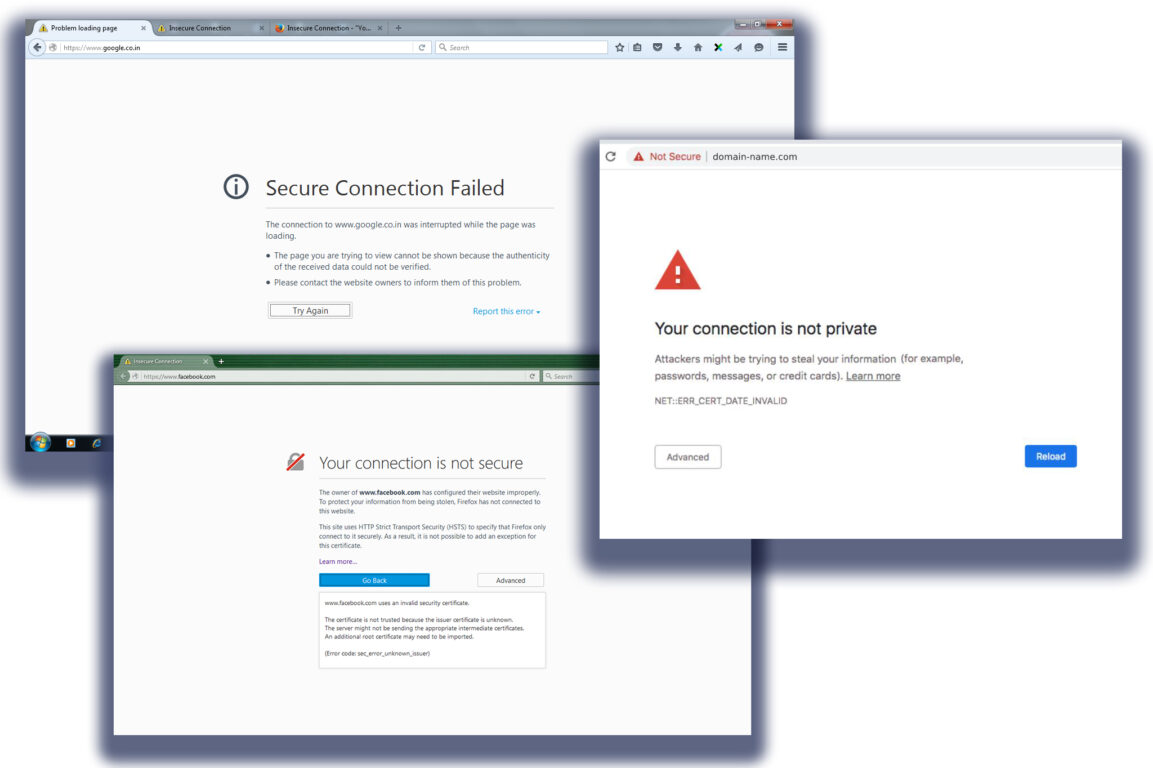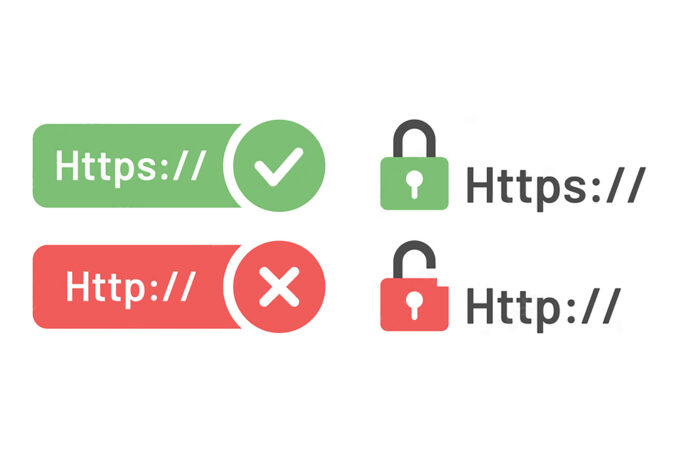In today’s digital age, having a secure website is crucial. However, if your website opens with an alarming “Insecure Connection” message, it can be both concerning and detrimental to your online presence. In this article, we’ll explore the potential causes behind this issue and provide you with practical steps to resolve it, ensuring a safe and trustworthy browsing experience for your visitors.
Understanding the “Insecure Connection” Message

When users encounter an “Insecure Connection” message while trying to access a website, it means their browser has detected that the connection to the site is not encrypted. This warning serves as a precautionary measure to protect users’ data from potential threats, such as eavesdropping, data theft, or impersonation. It’s crucial to address this issue promptly to establish trust and credibility with your audience.
Identify the Cause
There are several reasons why your website may trigger an “Insecure Connection” message. One common cause is using the HTTP protocol instead of HTTPS. HTTP lacks the encryption necessary to secure data transmission. Additionally, an expired or incorrectly configured SSL certificate, mixed content (combining secure and insecure elements), or outdated browser settings can also trigger the warning. Identifying the specific cause will help you take appropriate action.
Steps to Resolve the Issue
a. Switch to HTTPS: Transitioning from HTTP to HTTPS is the first and most important step. Obtain an SSL certificate, which encrypts data between the server and the user’s browser. Consult your web hosting provider or use online resources for guidance on enabling HTTPS on your website.
b. Renew or Update SSL Certificate: If you already have an SSL certificate, ensure it is up to date. Expired certificates will trigger the “Insecure Connection” message. Check with your certificate provider on the renewal process, and update any outdated configurations.
c. Fix Mixed Content: Mixed content occurs when a webpage uses both HTTP and HTTPS elements. Identify and update any insecure elements (e.g., images, scripts, links) to use HTTPS. Replace absolute URLs with relative URLs or use content delivery networks (CDNs) that support HTTPS.
d. Update Browser Settings: Encourage users to update their browsers to the latest versions, as older versions may flag more websites as insecure. Provide instructions or notifications to guide visitors on browser updates.
Let’s secure this message
An “Insecure Connection” message can deter visitors and harm your website’s reputation. By understanding the causes and following the steps outlined above, you can address this issue promptly, providing a secure browsing experience for your audience. Remember, a secure website builds trust, enhances user engagement, and ultimately contributes to your online success.



